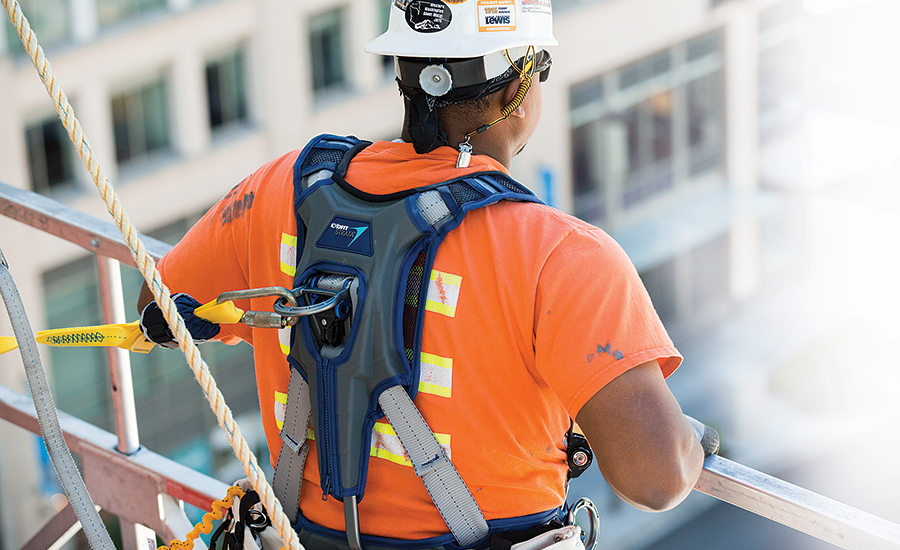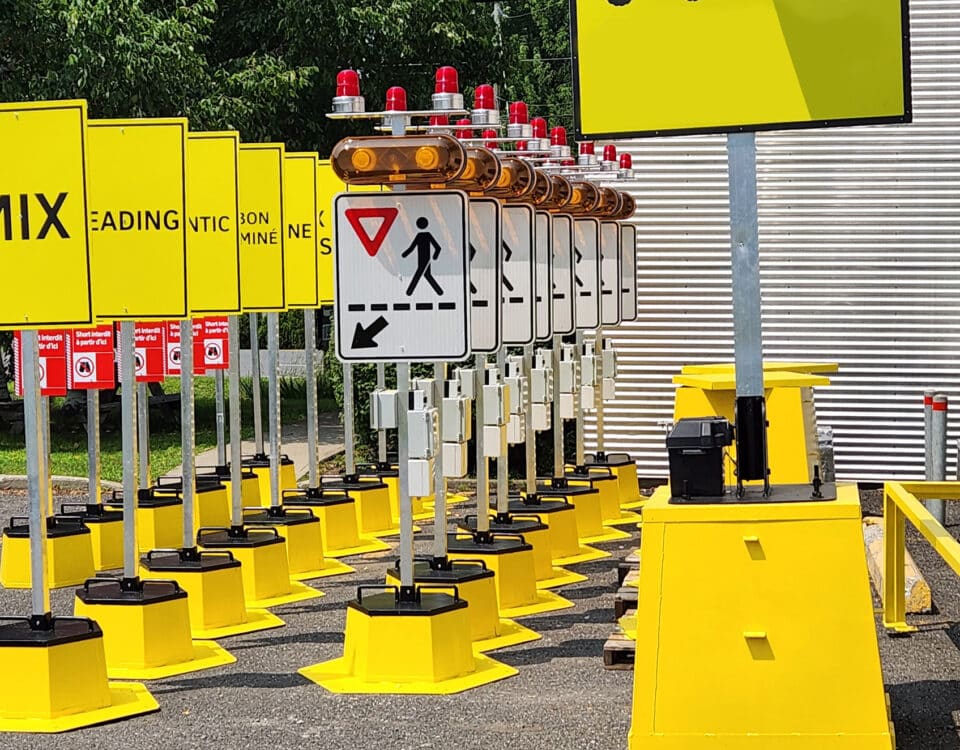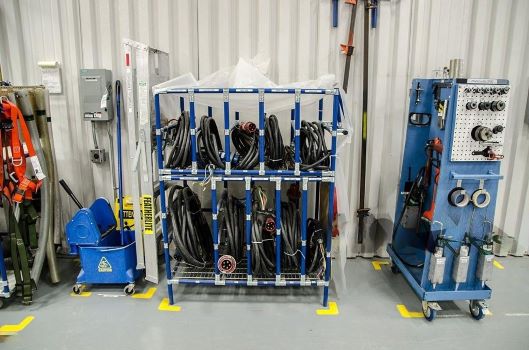
Ensuring Lone Worker Safety: Strategies for a Secure Work Environment
July 19, 2022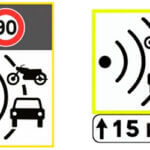
Revolutionizing Industrial Safety: The Power of Remote Control Signs
July 19, 2022
Ensuring Lone Worker Safety: Strategies for a Secure Work Environment
July 19, 2022
Revolutionizing Industrial Safety: The Power of Remote Control Signs
July 19, 2022In industrial environments, employee safety is paramount, and a well-established lockout program is key to achieving it. Beyond simply acquiring padlocks, tags, and lockout devices, an effective program requires a structured approach that includes a detailed plan, comprehensive employee training, and open communication. Successful lockout programs go beyond equipment; they create an environment of compliance with safety regulations, ensuring the protection of all employees.
Creating a Comprehensive Energy Control Program
The cornerstone of any lockout strategy is a well-crafted energy control program, which establishes specific protocols and policies for equipment shutdown and maintenance. A clear, documented lockout plan serves as the backbone of your safety efforts, providing a uniform approach that can be followed across the organization.
Documenting and Displaying Equipment Procedures
A key component of a successful lockout program is the development and clear display of procedures tailored to each piece of equipment. These procedures should be accessible, precise, and easy to interpret by all employees. Adding visual aids, such as diagrams or step-by-step guides, can improve comprehension and help ensure consistent compliance with lockout procedures.
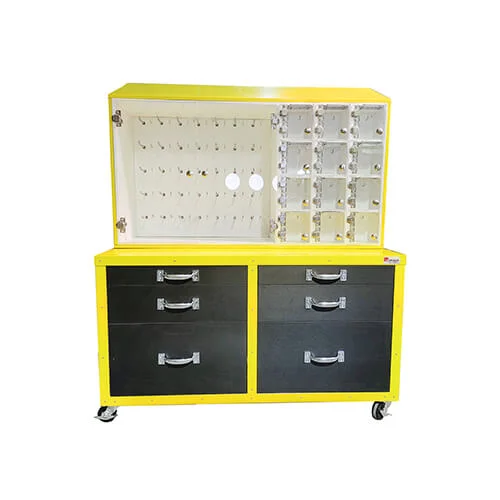
Labeling Energy Control Points Effectively
To enhance safety, all energy control points, such as valves, switches, and circuit breakers, must be clearly labeled with durable, visible tags. These labels should align with the documented procedures, making it easy for employees to locate and identify control points accurately. Proper labeling reduces the risk of missteps, enhancing overall workplace safety.
Training and Empowering Employees
Thorough training is the backbone of any lockout program. Employees need to understand not only the steps involved in lockout-tagout but also the importance of these safety measures. Regular training sessions and assessments, such as quizzes, help reinforce this knowledge and allow employees to stay updated on procedural improvements, ensuring that safety protocols remain top-of-mind.
Providing the Right Tools for Lockout Safety
A successful lockout program relies on high-quality, standardized tools and warning devices. Lockout devices should be durable, tamper-resistant, and uniform in color and shape for easy identification. Regular evaluation and upkeep of these tools, combined with effective communication on their importance, ensure continued safety and program integrity.
Fostering a Culture of Safety
A comprehensive lockout program incorporates well-defined policies, robust training, clear labeling, and reliable equipment. Beyond protocols and equipment, it builds a culture of safety and compliance, where each employee understands their role in creating a safe workspace. For tailored support in industrial safety solutions, or expert advice on signage and workplace safety, consult EZSecur. Visit www.ezsecur.com to learn more.

